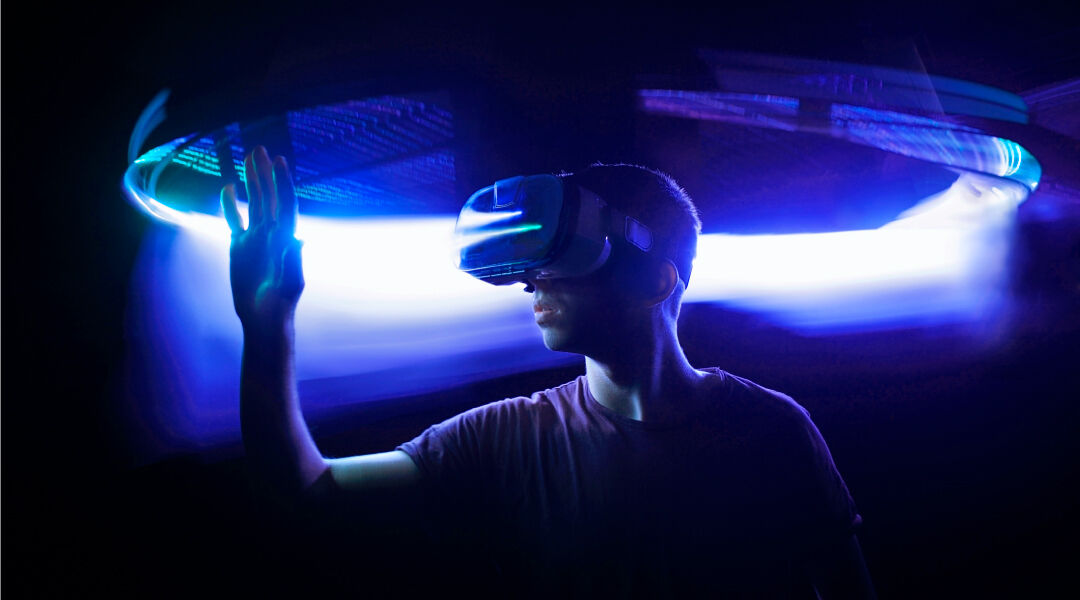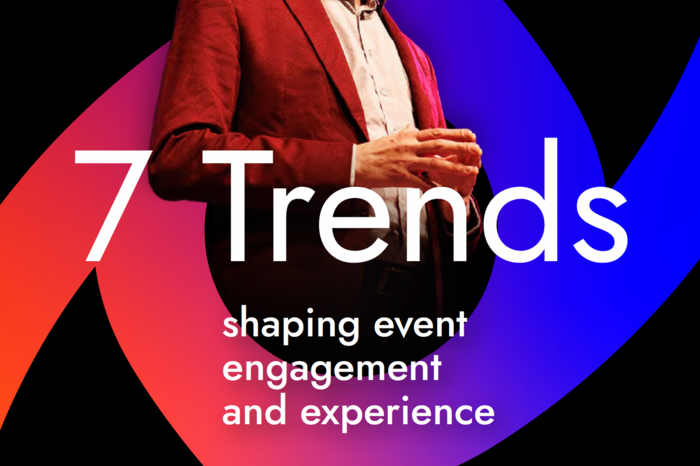
Today’s immersion
In people’s minds, there is often a detachment between immersive tech and human experience. When we talk about VR, AR, and 3D; ideas of sci-fi holograms and low-resolution virtual spaces are still conjured up.
While some of these things may be true, the immersive revolution has been making huge strides. Just as mobile phones have become an extension of our biological limbs, immersion will become more and more integrated into our lives. If you look closely, it has already begun.
Take filters on social media - they are live augmentations of your face and the environment you’re standing in, yet they are so commonplace that they’re barely thought of as AR anymore. Every day, people are getting used to interacting with immersive tech through their mobile devices.
With that being said, I must assure you of one thing. We are social animals, and that is what has let the technology we use thrive. However, it will not be able to replace the value of face-to-face interaction. The language we use when standing in front of one another goes far beyond the spoken word. It’s body language and tone. It’s scent, sound, and surroundings.
Starting out
So, what’s the starting point when designing an immersive experience? Well, it all begins with the message. Like any communication strategy, you must always start with something concrete and build upwards. What are you trying to say? What is the product? What is the meaning? What is the takeout?
No matter how advanced technology is, we will always be the end users; and the experience will be shaped around us. The human experience underpins every stride that technology is taking. After all, we are creatures driven by chemical impulses, signs, signals, and desires.
This is a truth that lies at the heart of all immersive experiences. So consider how your audience have previously interacted, and then find a way to enhance that through immersion.
Now you have your starting point, people. What next? It’s time to build your experience.
Building new worlds
When people ask me about the main benefits of using immersive tech, one of the points I always reply with is this. You can create your product and build on it each year. When your virtual space is built, you will own that space and be able to add to it and grow the idea in any way you see fit.
In that way, immersive tech has a competitive edge on conventional annual events. You can build worlds within headsets, and you can transport your audience to anywhere on (or even off) the planet.
The way we interact with one another has changed. A sad truth is that your audience’s attention spans have shrunk. Since the integration of social media, bite-sized content, and gamified content, we all ingest information differently compared to how we used to.
Would your audience prefer to be told about your organisation, or read about your products? Or would they prefer to experience it, and immerse themselves in 3D models and VR demonstrations? In immersive tech, there is a whole world of opportunities to grab and hold your audiences’ attention.
This is also the reason why immersive technology is accelerating at an unstoppable pace. Emotion should drive everything we do in this industry, as only the most surprising experiences create change. The closer we are getting to mirroring the ‘real world’, the closer we get to making anything possible.
Picture this. If you’re hosting an event that physically brings your message to life right in front of their eyes, the likelihood of it getting lost in the details is significantly lower.
Before I go, some questions
The questions you must ask yourselves when creating your experience are:
What elements of my event could be switched to an immersive experience?
Is immersion necessary for my company?
This second question is crucial, you must always ask yourself if immersion is the right way to communicate your message. It is still true that, sometimes, less is more. This technology is wonderful to explore, but it still needs a reason to be there.
It is an exciting time for immersion, and indeed for you. There are organisations who will take the first steps in trying new tech, and those who will wait to see how it performs.
The question I have for you is, are you going to lead the way, or follow others’ example?
Discover your organisation’s opportunities – get in touch now




